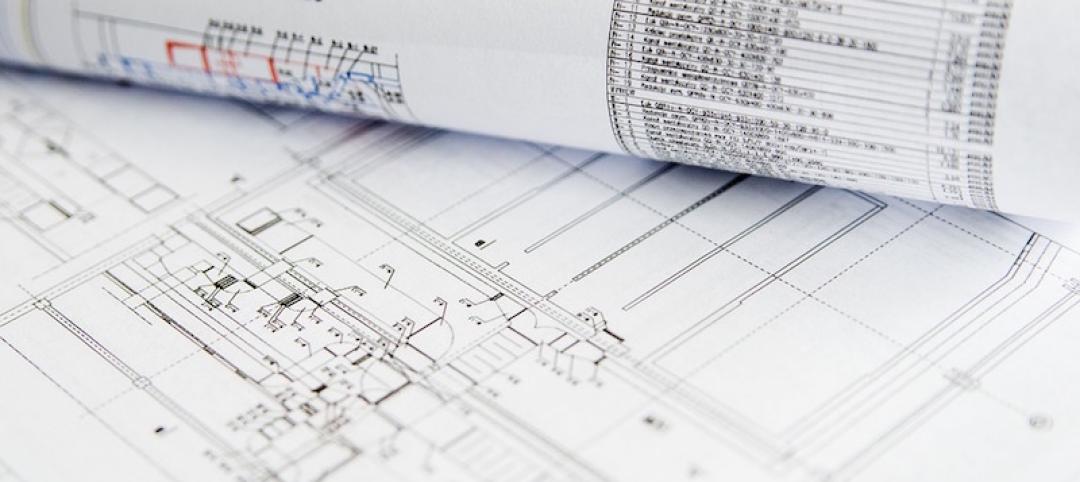The commercial real estate development industry grew at the strongest pace since the economic recovery began in 2011, according to an annual report on the state of the industry released today by the NAIOP Research Foundation.
The report, entitled “The Economic Impacts of Commercial Real Estate,” determined that the economic impact realized by the development process rose a significant 24.06% over the previous year, the largest gain since the market began to recover in 2011.
Direct expenditures for 2013 totaled $124 billion, up from $100 billion the year before, and resulted in the following economic contributions to the U.S. economy:
- Total contribution to U.S. GDP reached $376.35 billion, up from $303.36 billion in 2012;
- Personal earnings (or wages and salaries paid) totaled $120.02 billion, up from $96.75 billion in 2012; and
- Jobs supported (a measure of both new and existing jobs) reached 2.81 million in 2013, up from 2.27 million the year before.
The report says that the outlook for the remainder of 2014 and into 2015 is that the figures will continue to rise, with year-over-year growth expected in the range of 8-15%.
Commercial real estate development has an immense ripple effect in the economy, providing wages and jobs that quickly roll over into increased consumer spending.
“Commercial development’s economic impact is tremendous; simply put, a healthy development industry is critical to a prosperous U.S. economy,” said Thomas J. Bisacquino, NAIOP president and CEO. “As the uneven pace of the nation's economic recovery continues, the industry seeks public policy certainty that bolsters investors’ and developers’ confidence. Despite this lack of assurance, we see positive indicators of a rebounding industry, but believe the industry could be more robust.”
Industrial, Warehousing, Office and Retail Show Strong Gains:
- Industrial development posted a year-over-year gain of 48.5 percent due mainly to groundbreaking of energy-processing facilities.
- Warehouse construction registered a third strong year of increased expenditures in 2013, gaining 38.1 percent in 2013. This is on top of 2012 growth of 28.4 percent and 2011 growth of 17.8 percent, showing a sustained increase in demand for warehousing space.
- Office construction expenditures rose for a second year in 2013, up 23.3 percent from 2012.
- Retail construction expenditures rose modestly for a third year in 2013, up 4.8 percent from 2012.
Operations and Maintenance Surge Even As Building Owners Cut Costs With Energy Efficiencies and New Technologies
Through increased energy efficiency and advanced technology, building owners cut the average per-square-foot cost of operating building space in the U.S. by 14 cents, from $3.20/square foot to $3.06/square foot. Still, maintaining and operating the existing 43.9 billion square feet of commercial real estate space resulted in $134.3 billion of direct expenditures, and resulted in the following economic contributions to the U.S economy:
- Total contribution to GDP in 2013 $370.9 billion;
- Personal earnings (wages and salaries) totaled $116.8 billion; and
- Jobs supported, 2.9 million.
Top 10 States by Construction Value for Office, Industrial, Warehouse and Retail:
1. Texas
2. Louisiana
3. New York
4. California
5. Iowa
6. Florida
7. Maryland
8. Georgia
9. West Virginia
10. Oregon
Four new states joined the list: Louisiana, Maryland, West Virginia, and Georgia. These states made the top ten list due predominantly to development of highly specialized and expensive energy-related processing facilities. Illinois, Ohio, Massachusetts, and North Carolina dropped off the top 10 list, slipping to Nos. 11, 14, 15 and 18 respectively.
The report includes detailed data on commercial real estate development activity in all 50 states, and also ranks the top 10 states specifically according to office, industrial, warehouse and retail categories.
The report is authored by Dr. Stephen S. Fuller, director of the Center for Regional Analysis at George Mason University, and funded by the NAIOP Research Foundation.
An executive summary and the full report is online: www.naiop.org/
Related Stories
Architects | Mar 6, 2017
Demolished Frank Lloyd Wright buildings get new life with photorealistic renderings
Architect David Romero recreated the Larkin Administration Building and the Rose Pauson House with detailed, fully colored renderings.
Building Team | Mar 6, 2017
AEC firms: Your website is one of the most important things you'll build
Don’t believe it? You’d better take a look at the research.
Architects | Mar 3, 2017
Hoffmann Architects’ Leadership Elected President of Three Industry Organizations
Maureen Dobbins, Lawrence Keenan, and Arthur Sanders to lead chapters of BOMA, AIA, and ICRI.
Office Buildings | Mar 2, 2017
White paper from Perkins Eastman and Three H examines how design can inform employee productivity and wellbeing
This paper is the first in a planned three-part series of studies on the evolution of diverse office environments and how the contemporary activity-based workplace (ABW) can be uniquely tailored to support a range of employee personalities, tasks and work modes.
Building Team | Mar 1, 2017
Intuitive wayfinding: An alternate approach to signage
Intuitive wayfinding is much like navigating via waypoints—moving from point to point to point.
Architects | Mar 1, 2017
Rafael Aranda, Carme Pigem and Ramon Vilalta receive the 2017 Pritzker Architecture Prize
2017 marks the first time that three architects together are honored with the prize.
Architects | Feb 27, 2017
AIA selects four individuals to receive the 2017 Associates Award
The AIA Associates Award is given to individual Associate AIA members to recognize outstanding leaders and creative thinkers for significant contributions to their communities and the architecture profession.
Architects | Feb 24, 2017
14 architects selected to receive the 2017 Young Architects Award
Young Architects are defined as professionals who have been licensed 10 years or fewer regardless of their age.
Architects | Feb 20, 2017
Take an architecture class taught by Frank Gehry
The starchitect will be teaching a course for MasterClass, an online education platform.
Architects | Feb 16, 2017
16 design trends from Gensler’s 2017 Design Forecast
Gensler examines how design will shape the human experience in the next year and beyond.














